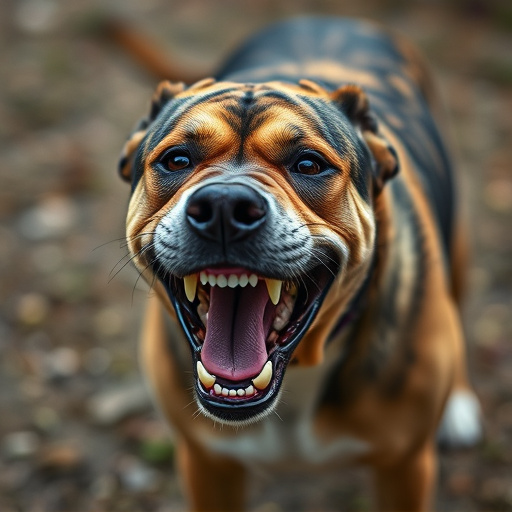Professional animal control sprays offer high active ingredient concentrations and safety features like child-resistant packaging, motion sensors, and smart tech for human protection. Application requires protective gear, ventilation, and adherence to manufacturer instructions. Patch tests are recommended, and pets should stay away from treated areas until the spray dries. Storage out of children and pet reach is vital. Canine repellents are rigorously tested and assessed by the EPA for ecological safety while maintaining effectiveness against dogs.
Animal control spray, especially professional-strength formulations, offers an effective solution for managing unwanted wildlife. This article delves into the intricacies of understanding and utilizing these powerful repellents. We explore safety considerations crucial for canine repellent applications, ensuring both efficacy and minimal environmental impact. By examining key factors like active ingredients and application techniques, you’ll gain insights to make informed decisions about implementing professional-strength animal control sprays while prioritizing safety features in canine repellent products.
- Understanding Professional-Strength Animal Repellents
- Safety Considerations for Canine Repellent Applications
- Effectiveness and Environmental Impact Assessment
Understanding Professional-Strength Animal Repellents
Professional-strength animal control sprays are designed for effective and efficient management of pests, particularly in urban settings where traditional methods may be less viable. These repellents often contain more potent active ingredients than their over-the-counter counterparts, making them a popular choice for professionals such as pest control operators and property managers. Understanding the safety features incorporated into these products is essential, especially when it comes to canine repellent formulations.
Many professional-strength animal repellents are equipped with safety mechanisms to prevent misuse and ensure user protection. These may include child-resistant packaging, which prevents accidental spraying, and integrated safety nozzles that limit the spray pattern to a specific area. Some advanced models even employ motion sensors or smart technology to activate the spray only when movement is detected, minimizing the risk of exposure during application. Additionally, these repellents often adhere to strict guidelines for active ingredient concentrations and usage, guaranteeing their effectiveness without compromising human or pet safety.
Safety Considerations for Canine Repellent Applications
When applying animal control spray, specifically canine repellents, safety should be the top priority for professionals and users alike. These powerful formulations contain active ingredients designed to deter dogs, but they also require caution to ensure minimal risk to both humans and pets. Key safety features in canine repellent applications include wearing protective gear such as gloves and eye protection, ensuring proper ventilation during use, and following manufacturer instructions strictly.
It’s crucial to note that these repellents may cause irritation or allergic reactions in some individuals, so conducting a patch test before widespread application is recommended. Moreover, pets should be kept away from treated areas until the spray has fully dried to prevent them from ingesting or coming into direct contact with harmful chemicals. Always store canine repellents securely out of reach of children and pets when not in use.
Effectiveness and Environmental Impact Assessment
Professional-strength animal control sprays are designed with both effectiveness and safety in mind, especially when it comes to canine repellents. These products often contain active ingredients that have been rigorously tested for their ability to deter dogs while minimizing potential harm to both the animals and the environment.
The Environmental Protection Agency (EPA) plays a crucial role in assessing the impact of these sprays on the ecosystem. They evaluate safety features, such as the toxicity of active ingredients, their persistence in the environment, and their impact on non-target species. Repellents with safer formulations are often preferred, as they reduce ecological disruption and ensure that wildlife and domestic animals alike can coexist peacefully.
Professional-strength animal control spray, particularly those designed for canine repellents, offer effective solutions for managing pet behavior. However, it’s crucial to balance effectiveness with safety features in canine repellent applications. By understanding the environmental impact and adhering to safety considerations, users can ensure these sprays enhance their living spaces without causing harm to pets or wildlife. Remember that proper application and regular maintenance are key to maintaining a safe and controlled environment for both pets and people.
